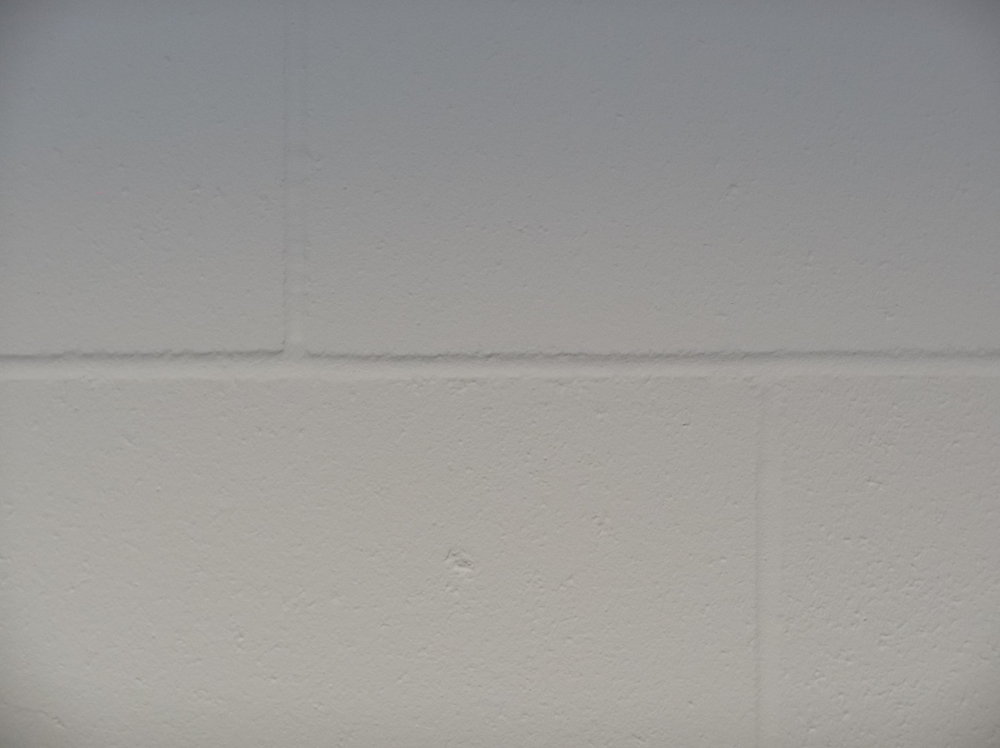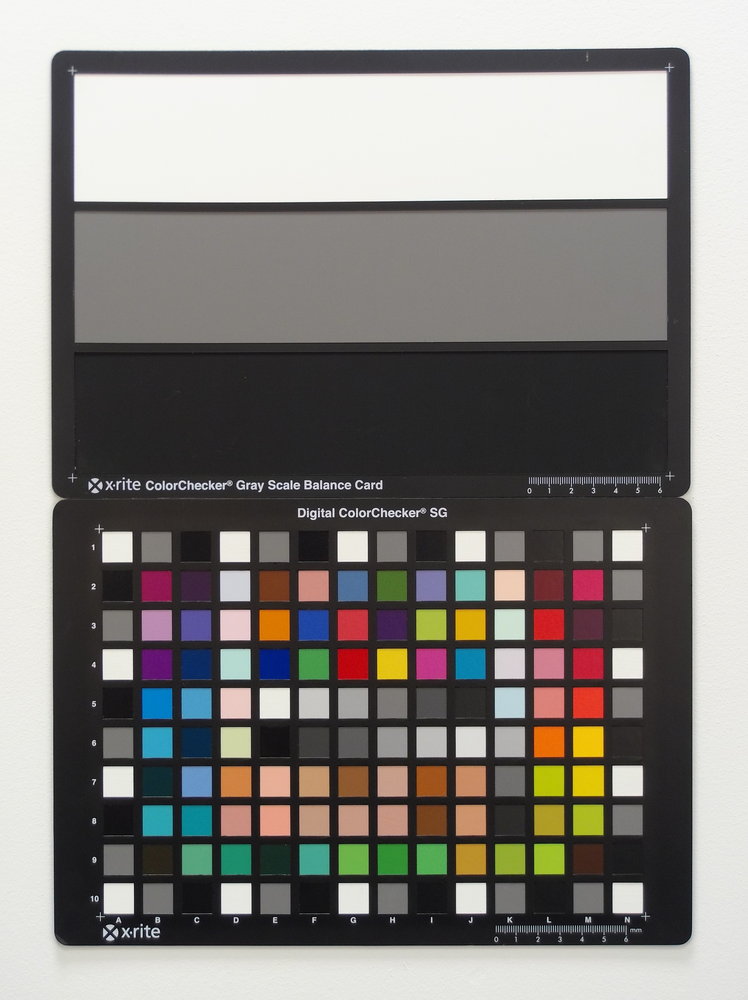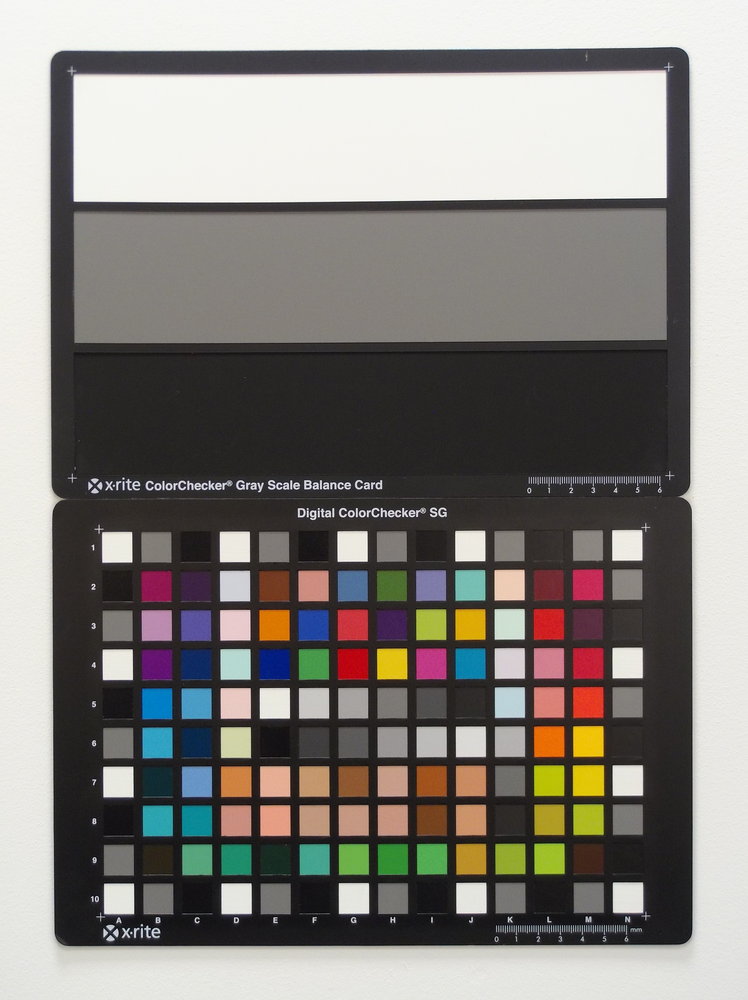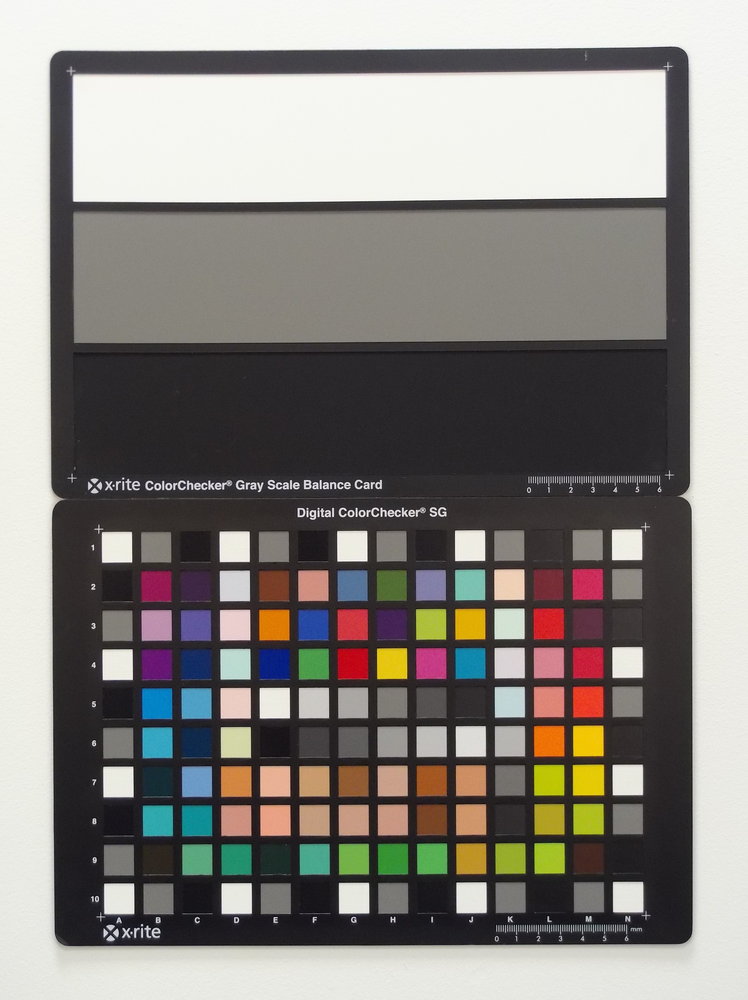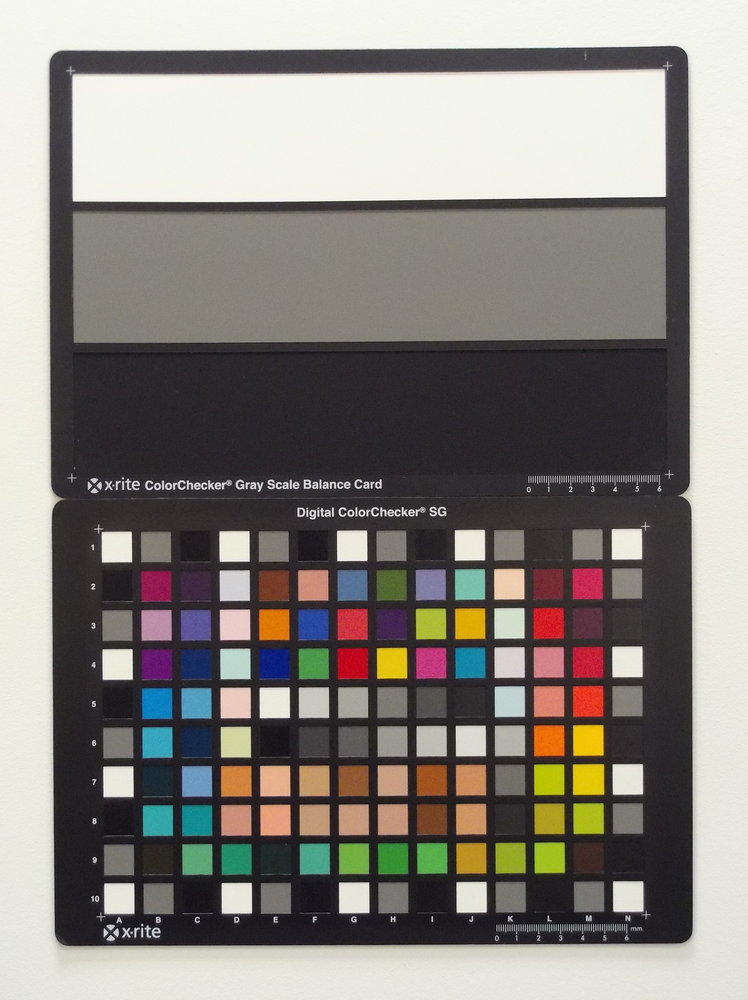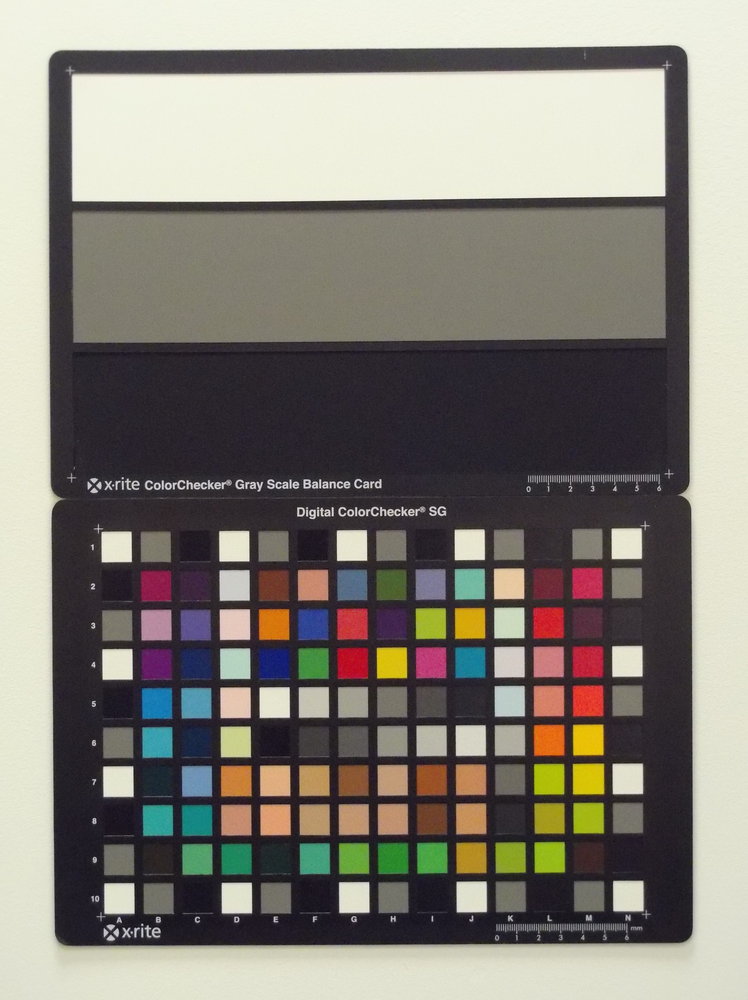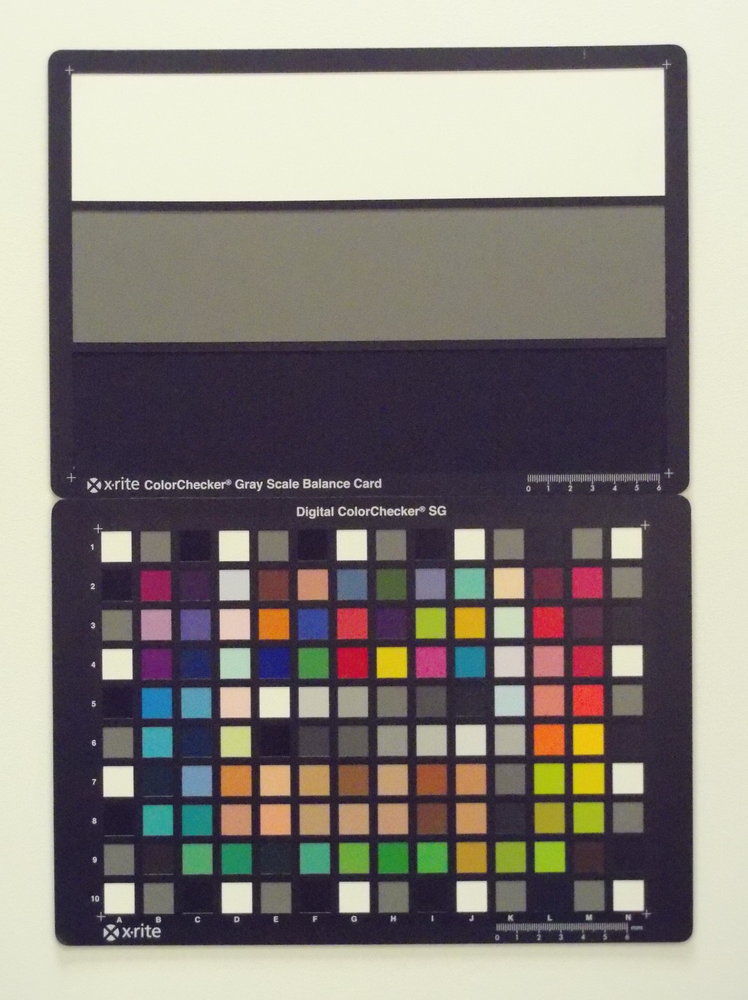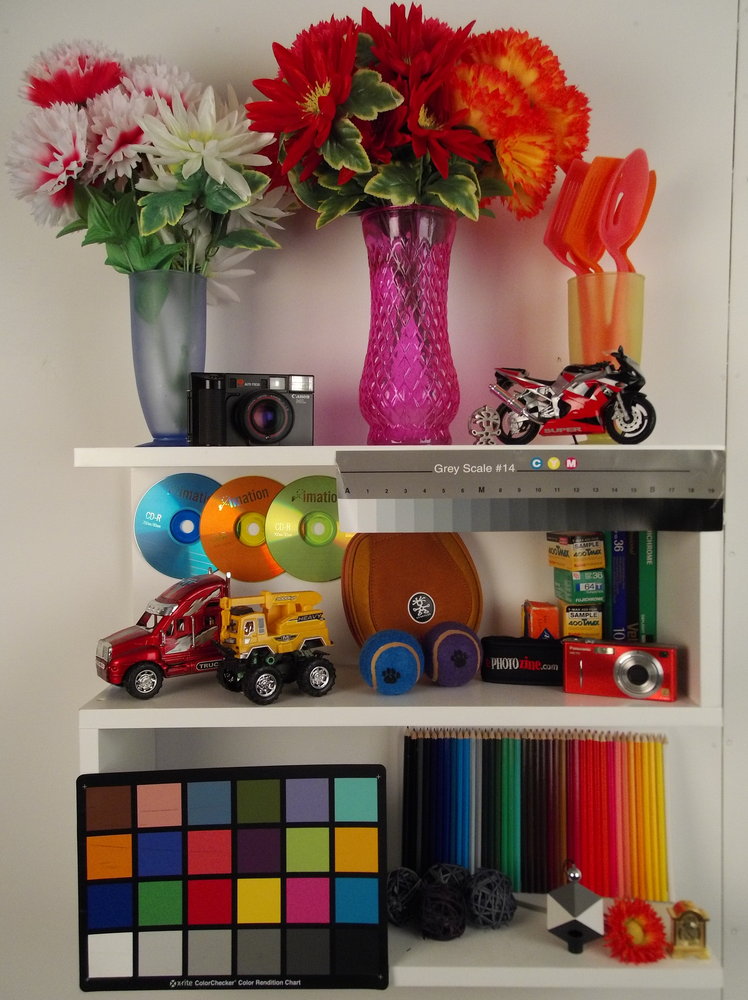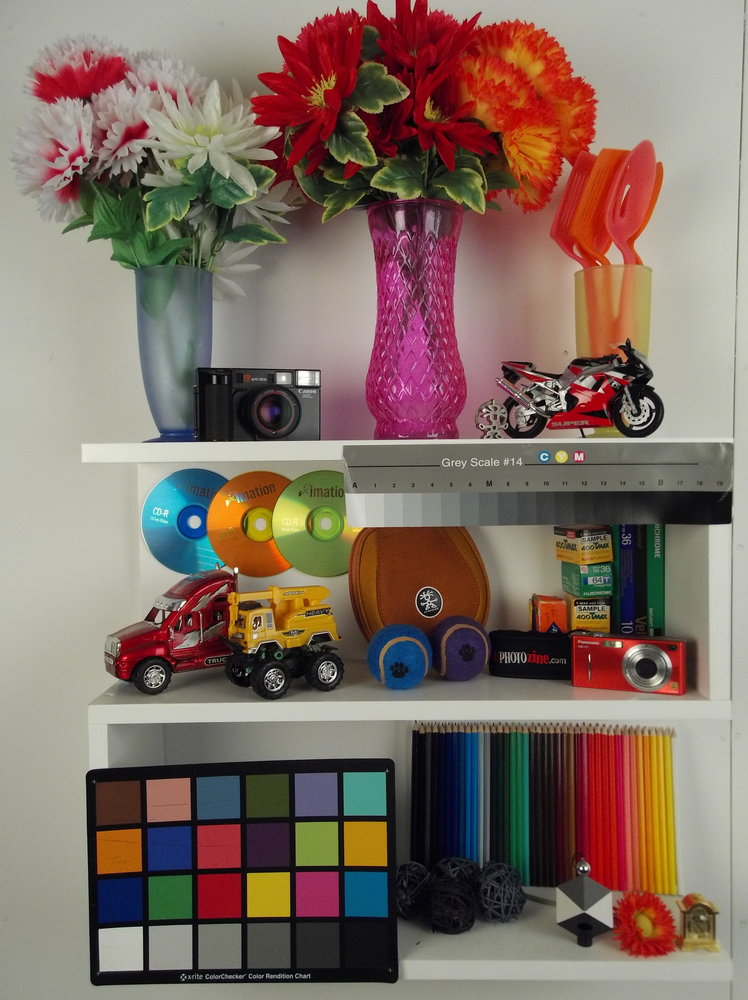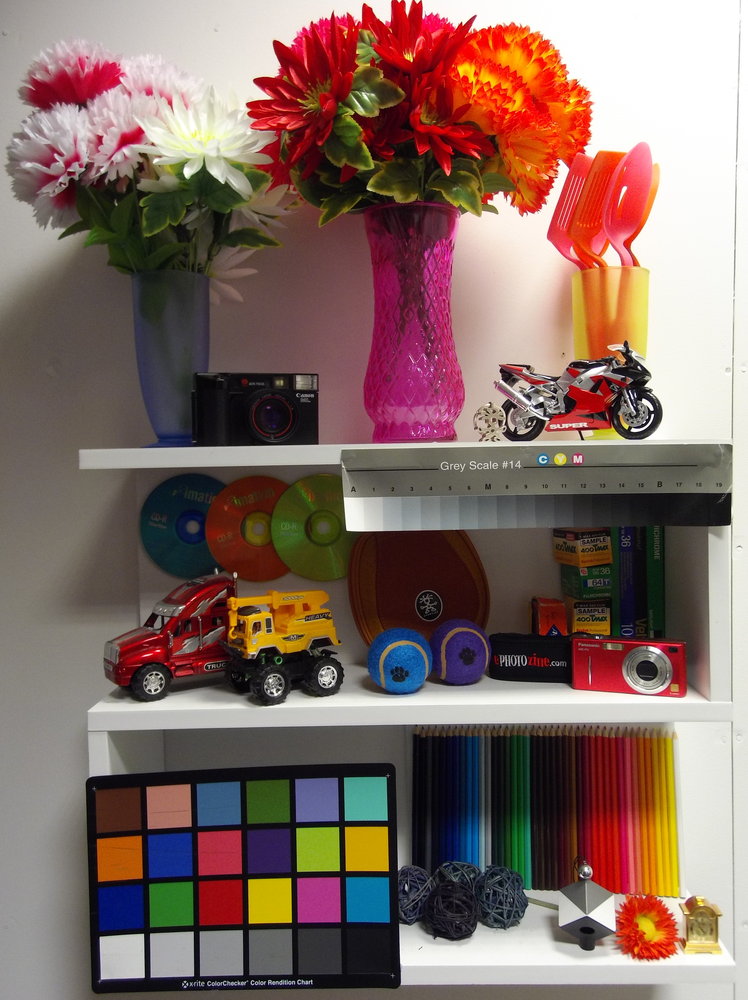Features
Handling
Performance
Verdict
Specification

The Hasselblad True Zoom adds a 10x optical zoom lens and Xenon flash to the back of any Moto Z smartphone compatible with Moto Mods. It currently works with the Moto Z, Moto Z Play and Moto Z Force, and is available for around £199.
Moto Hasselblad True Zoom Features
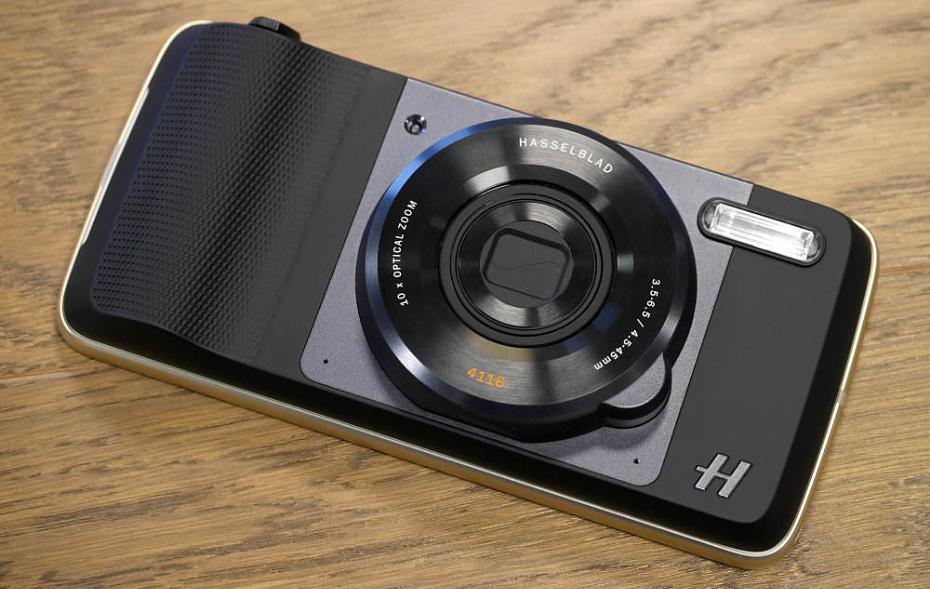
Made by Altek (Kunsham) Co. Ltd, for Motorola Mobility (owned by Lenovo), the Hasselblad branded True Zoom is a Moto Mod designed to work with Moto Z smartphones. Confused yet? Altek Optical has been making digital cameras since 1998, and looking through their on-line imaging history they have been the ODM manufacturer for Kodak, HP (remember when HP made digital cameras?), Polaroid, and others.
The Hasselblad True Zoom is a 12 megapixel digital camera, with a 10x optical zoom lens, and a Xenon flash. On the top you'll find a power button, shutter release and zoom control. On the back are a number of electrical contacts which connect to a compatible Moto Z smartphone. The Hasselblad True Zoom doesn't contain a battery and can't be used on its own (unlike Sony's Smart Lens attachments).
As the True Zoom must be connected to a Moto Z smartphone, you benefit from the same screen as the phone, as well as the smartphone's Wi-Fi and mobile network connections. There is currently the choice of three smartphones, the top of the range ultra-slim Moto Z, the long battery life Moto Z Play (which we're using), and the tough Moto Z Force. These three smartphones all feature a large 5.5inch screen, with the Z Play featuring a FullHD resolution, and the Z and Z Force featuring a QuadHD resolution.
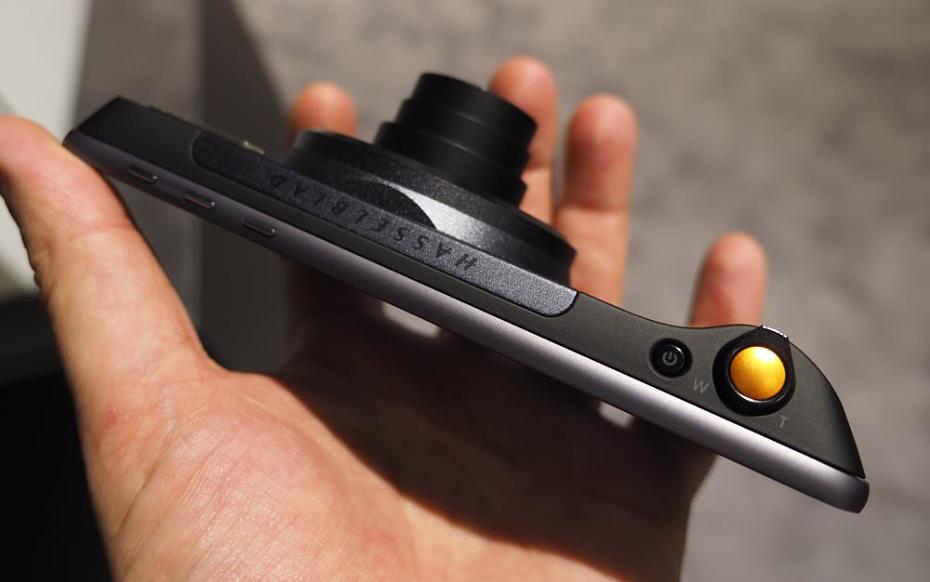
If you've ever wanted an optical zoom to go with your smartphone, and don't count the 2x optical zoom on the iPhone 7 Plus, or don't think 3x optical zoom is enough on the Asus Zenfone Zoom, then the 10x optical zoom lens is the biggest selling point for the Hasselblad Zoom, and the lens features optical image stabilisation. There's also a Xenon flash, for if you've been unimpressed by the LED flash found on most smartphones. For more advanced photographers, you can shoot in raw format. Video is recorded in FullHD resolution, at 30fps with stereo sound and electronic image stabilisation.
The lens can focus down to 5cm in macro mode at the wide-angle setting, and gives the equivalent of 25-250mm in 35mm terms, with a f/3.5-6.5 aperture. There's a 12 megapixel 1/2.3inch BSI CMOS sensor, and an ISO range from ISO100 to ISO3200.
Shooting modes available include: Auto Photo, panorama, video, professional (manual), night landscape, night portrait, sports, day landscape, and back light portrait.
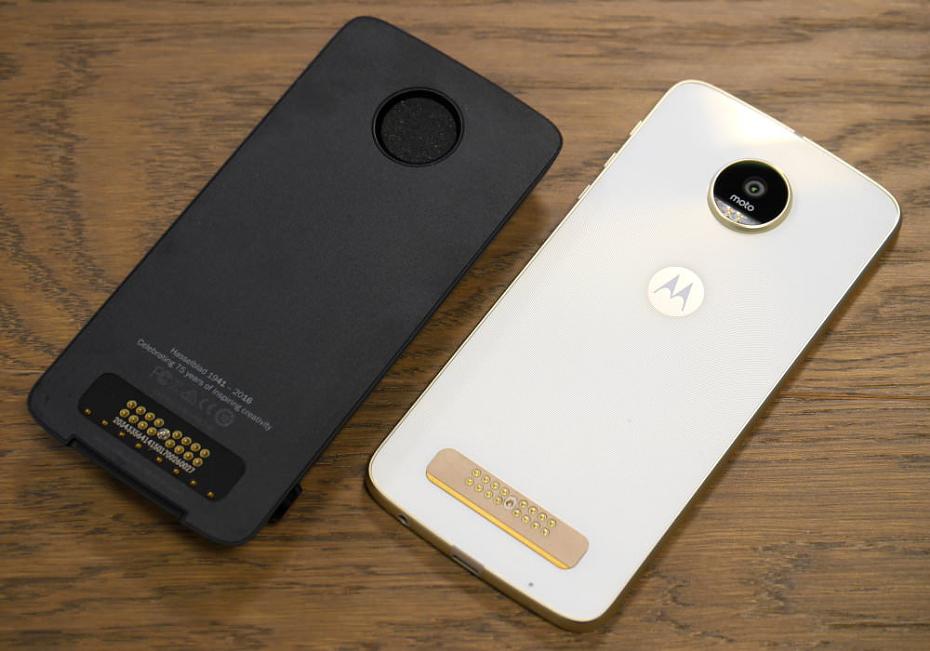
Key Features
- 12 megapixel 1/2.3inch BSI CMOS sensor
- 10x optical zoom lens, 25-250mm equivalent, f/3.5-6.5 aperture
- Optical image stabilisation (stills only)
- Uses camera screen (Moto Z 5.5inch)
- Attaches to any Moto Z smartphone
- FullHD, 30fps video with stereo sound (and optical zoom)
- ISO100 - ISO3200
- 5cm macro
- Panoramic mode
- JPEG and raw shooting
Moto Hasselblad True Zoom Handling

To use the Hasselblad True Zoom, you simply attach it to the back of the smartphone. The smartphone and Moto Mod attach using magnets, making it easy to attach and detach from the smartphone. There is enough resistance so that the camera doesn't fall off. The build quality of the Hasselblad True Zoom has divided opinion, due to its clearly plastic construction, however, it's also worth noting that there are no visible screws, and the main body of the camera feels solid.
The Hasselblad True Zoom makes your previously thin and stylish smartphone suddenly feel bulky and awkward to hold, with the lens section of the camera 18mm thick. However, as a camera, the additional grip (15mm) added by the True Zoom is welcome and the shutter release button makes it feel like you're using a real camera. The zoom rocker is an easy way to zoom in and out, however it feels a little wobbly, and the speed of zoom is quite fast, with it being difficult to finely set in between zoom positions.
You can hold the shutter release button to start continuous shooting, although continuous shooting is fairly slow, at roughly 1fps. As the camera uses the smartphone's screen to take photos, it is compatible with other Android apps, including Instagram, VSCO, Adobe Lightroom Mobile, and others.
The menu system is very similar to the camera app that is on the smartphone, and there are a few different options available, including the ability to shoot JPEG and raw (Adobe DNG). In manual mode you can adjust focus, white balance, timer, ISO, and exposure. Once you're used to the way you use the camera app on the Moto Z Play and True Zoom, it's quite straight-forward, but not always particularly intuitive if you're switching from a different smartphone (you press the photo button to change modes).
The photos and videos are stored in the same location as the Moto Z Play's photos.
A Hasselblad branded case is provided with the camera, so you can keep it safely in your pocket separately to the phone, or you can keep both the True Zoom and phone in this velvet case if you so wished.
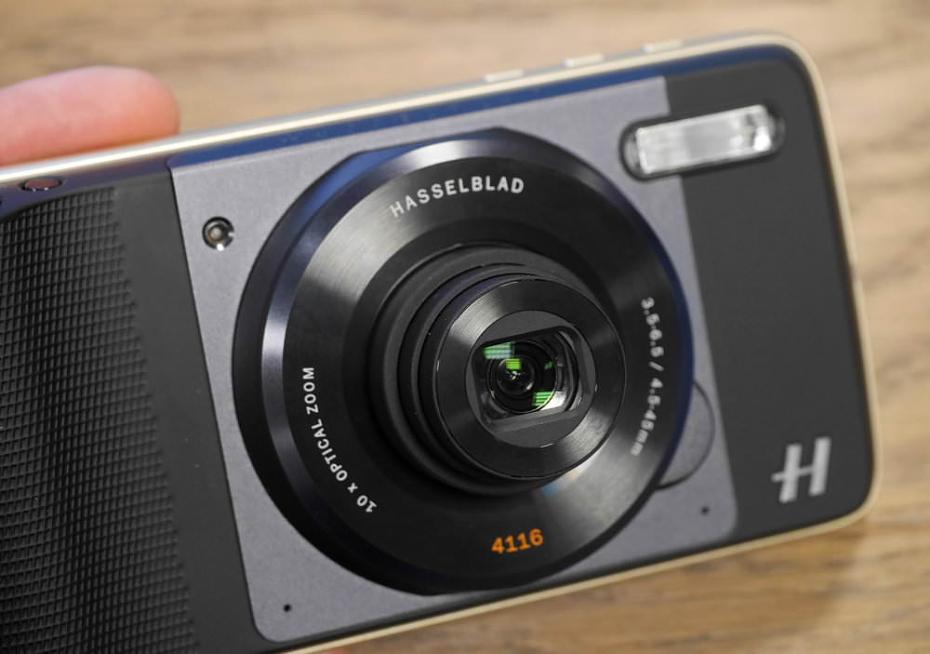
Battery life - The Moto Z Play has an impressive battery rating of 3510mAh, which is good for a smartphone, and the Moto Z Play gives good battery life, easily lasting a day. We saw very little battery drain from the use of the Hasselblad True Zoom which should mean that you can get good battery life from them both.
Speed - Focus can be slow at times, particularly in low-light or when using the optical zoom at the telephoto end of the lens. The continuous shooting mode isn't particularly quick, shooting at 1fps. It's also quicker starting the camera on the smartphone, without the True Zoom attachment, so if you just want to quickly take a snapshot, it will be quicker to use the smartphone, rather than attach the True Zoom and then wait for that to startup.
The performance section is where we look at the image quality performance of the camera. Additional sample photos and product shots are available in the Equipment Database, where you can add your own review, photos and product ratings.
Hasselblad True Zoom Sample Photos
Hasselblad True Zoom Lens test images
Camera Performance - The Xenon flash gives better flash coverage than the standard LED flashlight(s) in a smartphone, and compared to the Moto Z Play, is also much less yellow in colour, giving a more natural and accurate colour reproduction. This helps with group shots, with subjects having better lighting.
Images taken at the wide-angle end of the lens are soft in the corners of the image, and if you open the raw files in Photoshop, you'll see severe vignetting in the corners. Photos taken at the telephoto end aren't particularly sharp, but are reasonable.
Macro photos are reasonable, although the camera can struggle to focus as close as you want it to. Switching to the professional mode and selecting macro focus helps here.
Colour reproduction is reasonable, and much more subtle compared to the typical colour output of smartphones. For the photographer, this will probably be appreciated, but for those used to bright punchy images, they may want to boost the colour further. Exposure is generally reliable, although the lack of a built-in HDR mode and lack of highlight and shadow recovery options will make it difficult to get the correct exposure in images with high levels of contrast, unless you want to shoot in the raw mode.
Hasselblad True Zoom ISO test images
ISO Noise Performance - The camera has good noise performance between ISO100 and ISO400. Results are still good at ISO800, although noise is visible. ISO1600 and above are probably best avoided, although ISO1600 may still be useful if you resize your images for use on the web.
Hasselblad True Zoom White-balance test images
White Balance Performance - Auto White Balance (AWB) performs well under Tungsten and Fluorescent lighting, with there being little need to use the presets available. There is no manual white balance option.
There aren't any digital filters, although you can choose to shoot in black and white. There is a backlight portrait scene mode, but no HDR mode. There is a panoramic mode, although results were disappointing, and you're likely to get better results with the smartphone camera, as you can't use the zoom with this mode.
Video - The camera records full HD video with stereo sound, and optical zoom is available. The frame rate used by the camera seems to change at random, with video recorded at 30fps, another at 29fps, and another at 24fps. Care needs to be taken with using the optical zoom, as strangely optical image stabilisation isn't available when recording video. Electronic image stabilisation is available when recording video, however when we were recording in low-light, it made the video quite jerky. Low-light performance isn't particularly good. Video is recorded at 17Mbps, which is low, and video quality from the Moto Z Play is better in low light, thanks to a brigher aperture available. You can also shoot 4K video with the Moto Z smartphones. You can find example videos here: Video 1 with Electronic IS (30fps), Video 2 (29fps), Video 3 (24fps, exposure compensation used).
Value For Money
The Hasselblad True Zoom is available for £199 (RRP), which makes it reasonable value for money, although we would expect the price to drop over time. If you factor in the cost of the Moto Z phone, which is needed to use this camera, then the price seems particularly high.
Alternative attachments for your phone include the DXO One (£399, 1inch sensor, iPhone only), Sony Cyber-shot QX10 (£129, 10x optical, smallest), QX30 (£210, 30x zoom), QX100 (was £349, 1inch sensor, 3.6x zoom), QX1 (was £350, APS-C sensor, ILC, flash), and the Kodak PIXPRO SL range (from £135). Although you may find it difficult to find some of these, as it looks like most of the Sony QX range has been discontinued.
Alternatively you could buy a compact camera, with built-in Wi-Fi, and transfer images straight to your phone. Here are two compact cameras that offer similar specifications:
Sony Cyber-shot WX220, 10x optical zoom, Wi-Fi, NFC, 121g (with battery), around £160
Sony Cyber-shot WX350, 20x optical zoom, Wi-Fi, NFC, 164g (with battery), around £160
Have a look at more Top 10 Pocket Zoom cameras, Compacts around £100, or Compacts around £250. If you're unlikely to use the attachment, and just want the best possible camera in a smartphone, have a look at the Top 10 Best Smartphones for Photography.
Moto Hasselblad True Zoom Verdict
The Hasselblad True Zoom doesn't feature a tripod socket, something that would make this much more useful for photographers. This is something that is available on the Sony QX range, and gives your smartphone a tripod socket. The QX range also has a built-in battery so it can be used separately to the smartphone. The Hasselblad True Zoom is heavy at 145g, yet doesn't feature a built-in battery, and will use your smartphone's battery. It makes the Sony Cyber-shot QX10, which will work with any iOS or Android device, seem like a good idea, and rather cute too!
Without doubt, the 10x optical zoom lens gives you a true optical zoom, and can help you photograph or video distant subjects, however, the image quality is simply average. The flash on the Hasselblad True Zoom is also a selling point of the camera, and the results are generally better than the LED flash found on smartphones, particularly for group shots, where the extra power of the Xenon flash helps. You can record FullHD video with the True Zoom, but not 4K video, so if you want to record 4K video, you'll need to switch back to the smartphone.
The idea for Moto Mods is commendable, letting you add extra features to your smartphone, and whilst the method for connecting is quick and easy, the proprietary nature of the implementation is a little disappointing. If your phone breaks, and Moto decide not to make Moto Z smartphones in the future, your Hasselblad True Zoom becomes an expensive paperweight.
If you own a Moto Z smartphone, then you may be interested in the True Zoom mod particularly if you want to take better macro shots, or use optical zoom, however, even then, we'd probably still recommend a normal compact camera instead.










